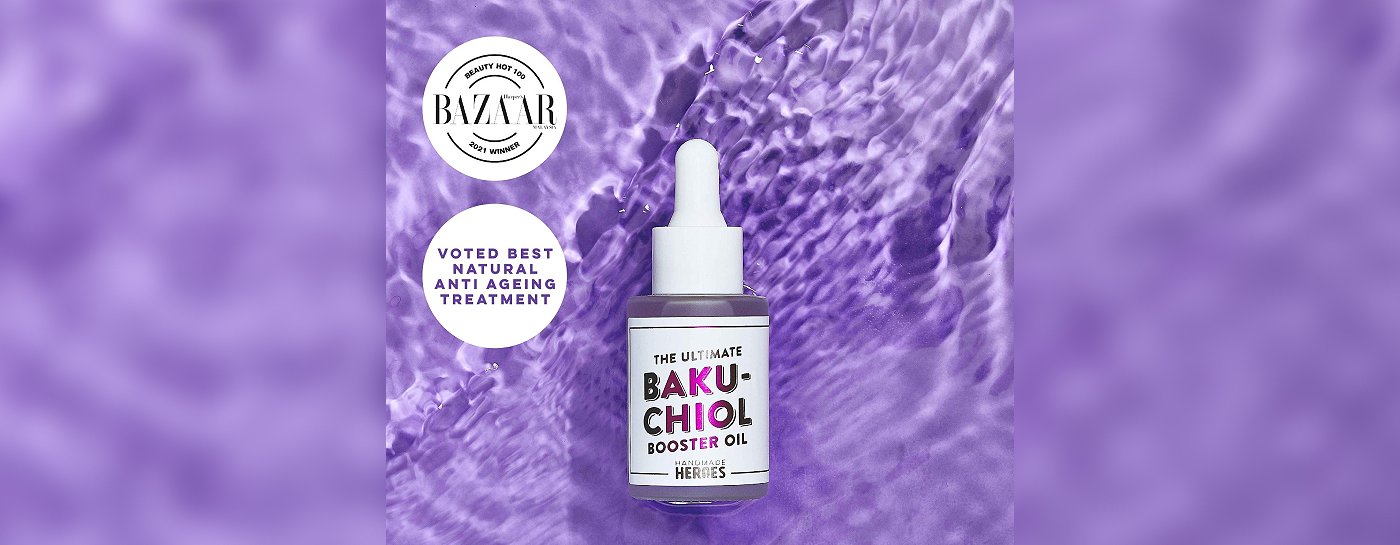Striking the Right Balance in Preservative Systems for Emulsions in Personal Care Products
Emulsions play an important role in personal care products, providing the foundation for various skincare and cosmetic products. As one of the most common forms of formulation, emulsions provide the desired sensory benefits and a simple yet effective method of delivery of active ingredients. Two common types of emulsions, water-in-oil (W/O) and oil-in-water (O/W), each offer distinct sensory benefits and present unique challenges in terms of formulation and preservation. Both formulators and consumers alike will greatly benefit from understanding W/O and O/W emulsions, exploring their sensory advantages and the recommended preservative systems to ensure product stability and compliance with government regulations.
Water-in-Oil Emulsions: A Luxurious Experience
Water-in-oil emulsions are renowned for their rich and creamy texture, providing a luxurious and indulgent feel on the skin. This type of emulsion is characterized by water droplets dispersed within an oil phase. The occlusive nature of the oil phase enhances moisturization, making W/O emulsions ideal for products such as creams and lotions. However, preserving these formulations presents a challenge due to the hydrophobic nature of the oil phase.
Sensory Benefits:
- Luxurious and creamy texture
- Enhanced moisturization
- Silky and nourishing feel
- Smooth application
Tackling preservation issues for W/O emulsions require a good understanding of how the preservative system works in environments with limited water content, making some types of preservative less effective. As such, it is important to choose oil-soluble preservatives as these ensure that the preservative is uniformly dispersed and provide the desired protection throughout the bulk of the product. In addition, these preservatives must also provide broad-spectrum efficacy to address microbial growth both while in the shelves, and during actual use. Broad-spectrum preservatives have become the pillars of safety for cosmetic products as they prevent microbial growth, contamination, and spoilage from bacteria, molds, fungi, yeast, and sometimes viruses. DKSH Discover is a great resource to look for oil-soluble preservative systems such as phenoxyethanol, ethylhexylglycerin, benzyl alcohol, chlorphenesin, dehydroacetic acid (DHA), and blends containing these ingredients.
Another tool in preserving W/O emulsions is antioxidants, which address the deterioration of lipid molecules due to the nature of some ingredients in the formulation. Antioxidants counteract the adverse effects of free radicals particularly in water-in-oil (W/O) emulsions, where lipids and fatty acids within the oil phase are prone to oxidative deterioration resulting from exposure to air and light. Such degradation can manifest as off-odors, discoloration, and a reduction in the efficacy of active ingredients. Antioxidants such as tocopherol (Vitamin E), ascorbic acid (Vitamin C), and synthetic alternatives like BHT and BHA, function by impeding oxidation, averting rancidity, and shielding active ingredients from degradation, thereby prolonging the product's shelf life. Moreover, these antioxidants play a critical role in upholding the overall quality of the product by preserving its color, texture, and other sensory attributes.
Oil-in-Water Emulsions: Lightness and Quick Absorption
Oil-in-water emulsions have a lighter texture, making them easy to spread on the skin with quick absorption. These formulations are characterized by oil droplets dispersed within a water phase, providing hydration without a greasy feel. O/W emulsions are suitable for a wide range of products, including lotions and serums.
Sensory Benefits:
- Lightweight and non-greasy texture
- Quick absorption
- Cooling sensation
- Versatility in formulation
Recommended preservative systems for O/W emulsions include traditional water-soluble preservatives like benzoic acid, sorbic acid, and their salts. Certain blends of oil-soluble preservatives such as phenoxyethanol, ethylhexylglycerin and dehydroacetic acid can also be effective when added with certain techniques, ensuring protection against microbial contamination. Incorporating chelating agents such as EDTA helps improve the stability of water-soluble preservatives by preventing metal ions from catalyzing microbial growth. Another approach is adjusting the pH of the formulation to levels outside the optimal range for microbial growth that can inhibit the proliferation of bacteria and fungi. Many microorganisms prefer neutral to slightly acidic conditions, so formulations with a pH outside this range can be less conducive to their growth.
A recent innovation in preservation of water-based and O/W formulations involves “water hygiene concept” with Ashland’s Euxyl K830, where the preservative system is added to the process water at the start of the production step. This effectively decontaminates the input materials, reducing quarantine times, and thereby increasing production efficiency.
Safety and Regulatory Considerations
Achieving a long shelf-life and ensuring product safety in compliance with government regulations require a holistic approach to emulsion preservative systems. This is particularly crucial for big markets like the United States (US) and the European Union (EU), where personal care and cosmetics products are subject to strict regulations by the US FDA and the EU Cosmetics Regulation, respectively. Each market likewise has local regulations that formulators and brand owners must comply with before releasing their products.
- Efficacy Testing: Regular efficacy testing of preservative systems is essential to ensure their effectiveness against a broad spectrum of microorganisms. This testing helps maintain product stability and safety over time. DKSH clients also provide support in conducting efficacy testing in your formulations containing key ingredients. Simply reach out to a DKSH representative to find out more about our tests.
- Formulation Stability: Ensuring the stability of the emulsion formulation itself is vital. Instability can compromise the efficacy of preservatives and lead to microbial contamination.
- Regulatory Compliance: Adherence to government regulations, such as the FDA regulations in the US, the EU Cosmetics Regulation, and guidelines from regulatory bodies in APAC markets, is critical. This includes compliance with allowable preservative concentrations and the use of permitted preservative systems.
- Consumer Safety: Prioritizing consumer safety by avoiding potentially harmful preservatives and monitoring emerging trends in preservative technologies helps build trust with consumers.
By combining the strengths of both oil-soluble and water-soluble preservatives, formulators can create robust emulsion systems that effectively protect against microbial contamination in both the oil and water phases. Additionally, incorporating chelating agents further enhances the stability of preservatives, ensuring their prolonged efficacy.
The choice between water-in-oil and oil-in-water emulsions depends on the desired sensory attributes of the product. Tailoring preservative systems to the specific challenges posed by each emulsion type is crucial for maintaining product integrity, safety, and compliance with global regulations. A meticulous and holistic approach to formulation, stability testing, and regulatory compliance is key to delivering personal care products that not only provide a delightful sensory experience but also meet the highest standards of quality and safety.





